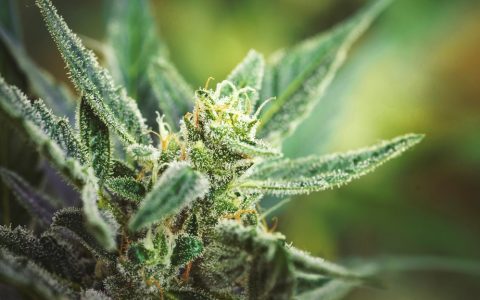Businesses and media outlets often turn to stock photography collections when trying to populate a piece of cannabis-related content with an image. A high quality, professionally produced photograph can be a fantastic way to add to a piece of written content to help drive a narrative or fill out the details of a story.
However, many of these images are misleading, and as a result of their widespread use misconceptions of cannabis are perpetuated and spread to readers. It’s important to present the correct image and information of cannabis, especially because there are still so many questions about it and its many benefits.
Here are a few common cannabis stock images that need a bit of debunking.
The Cannabis Bouquet
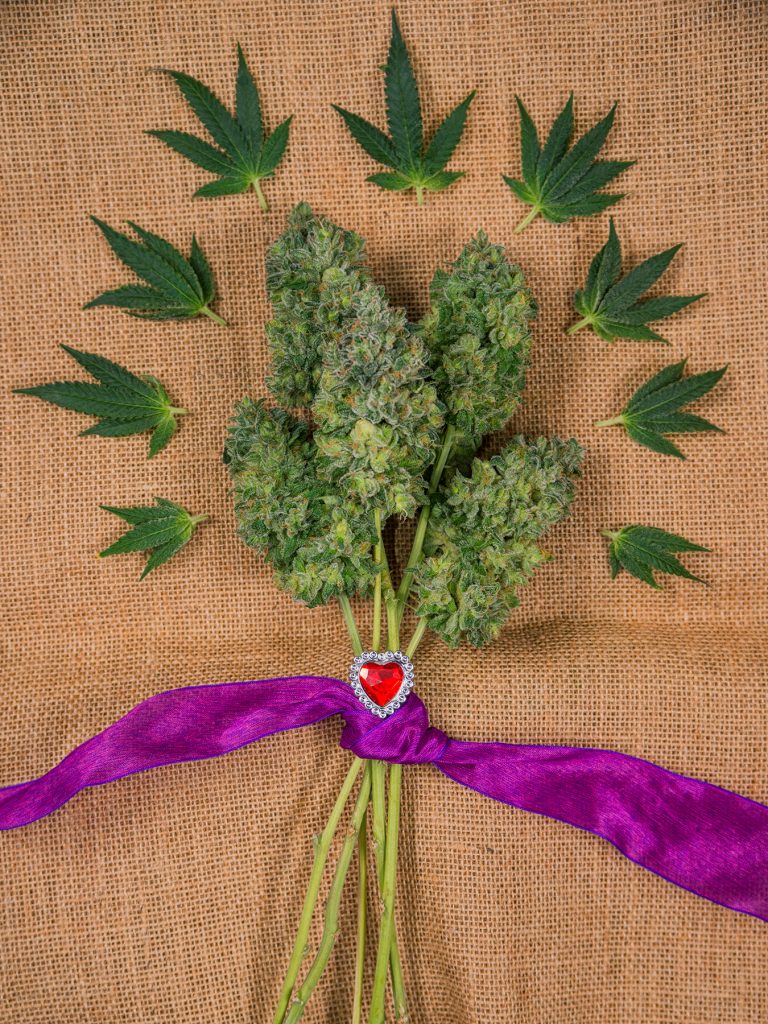 (rgbspace/iStock)
(rgbspace/iStock)
In theory, the idea of using freshly harvested cannabis flowers neatly bundled into a bouquet sounds fun. Considering the rise in popularity of cannabis friendly (even cannabis-themed) weddings, it would make sense that instead of flowers, the bride would toss a bundle of colas into a crowd of eager hopefuls. Unfortunately, the reality of this scenario would be a bit, well, sticky.
Unlike a classical floral arrangement that would be used in a traditional bouquet, ripe and ready-to-harvest cannabis flowers are dripping with sticky, resinous trichomes. These little milky gland heads cover the surface of both flowers and sugar leaves. Thousands upon thousands of miniature capsules of sticky resin are waiting to explode upon even the slightest contact. With each trichome comes a mix of rich and pungent aromas along with a sticky residue that can be compared to a mild tree sap.
You do not want this on your fancy wedding attire. Cannabis takes sticky and aromatic to a whole new level. Although the smell of cannabis is amazing, having it on your wedding clothes for the rest of the day might not be ideal and washing off resin is not easy.
Stick with real flowers in the bouquet.
Handheld Pot
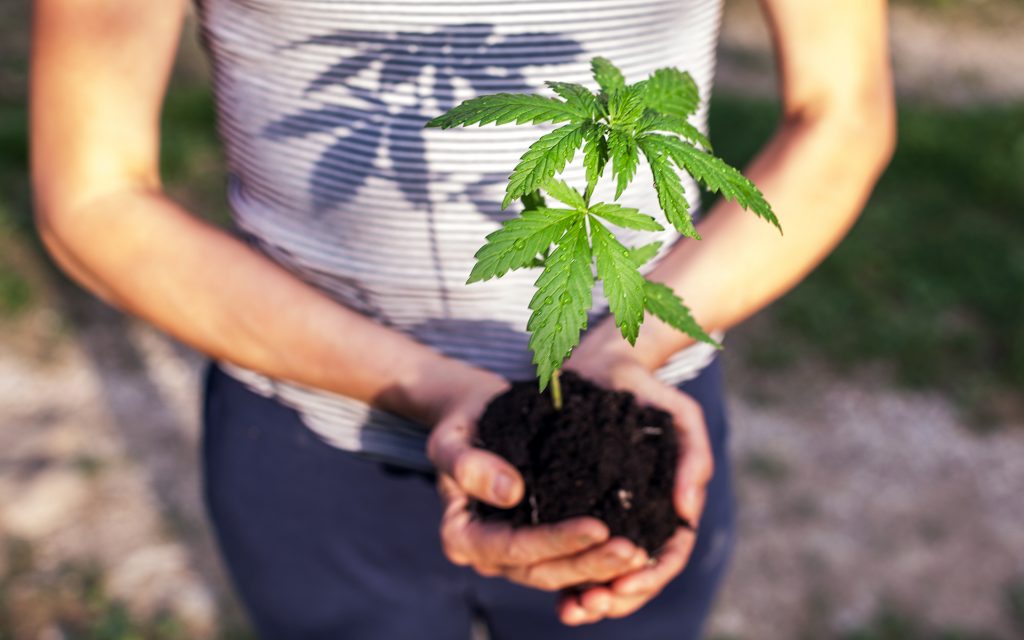 (CasarsaGuru/iStock)
(CasarsaGuru/iStock)
If you type in cannabis or marijuana into a stock photography search engine, chances are you’ll find this type of images more than any other. It’s the classic, handheld pot shot, with someone standing out in nature holding a tiny ball of soil with a young cannabis seedling sprouting out.
As popular as this stock photograph may be, it is incredibly misleading. All of the hope and aspiration gained from looking at this young plant will quickly diminish once you realize that death will soon greet this poor mishandled seedling.
At this stage in its development, the rootball of that cannabis plant is extremely sensitive and as it sits loosely in the palm of somebody’s hands, it risks a myriad of problems, from contamination to root damage. Transplanting cannabis seedlings is a tricky task that requires care and proper sanitation. Even in the worst scenario, nobody who legitimately cares about the livelihood of a young plant will handle a plant in this fashion.
Fan Leaf Garnish
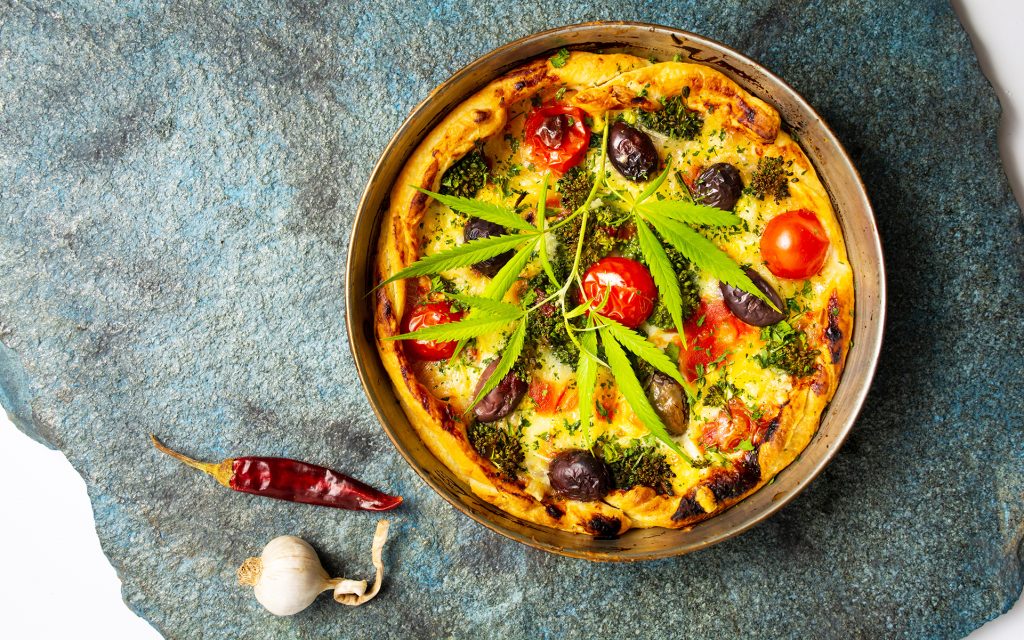 (Stefan Tomic/iStock)
(Stefan Tomic/iStock)
This stock photograph wants to send the message that cooking with cannabis can be aesthetically pleasing. While this is absolutely true and using fan leaves as a garnish is in no way a bad move, adding the plant material directly into a dish will not work as well as this photograph makes it seem.
Fan leaves are coarse, they have a mealy texture to them, and they taste like grass clippings. They are not aromatic in the same way that buds are and they can’t replace herbs as an ingredient in a dish.
Furthermore, adding a fan leaf into a dish will not make it psychoactive in any way. Cooking with cannabis requires that buds be decarboxylated in order to activate the plant’s THC. Doing so requires adding sustained heat, which would effectively destroy a fan leaf.
Again, fan leaves might make a pretty garnish, but try using an oil, cannabutter, or at least decarboxylated flower if you are going to incorporate cannabis into your dish.
Dripping With Oil
 (Yana Tatevosian/iStock)
(Yana Tatevosian/iStock)
Cannabis concentrates are often misunderstood. Stock photography such as this image of an oil tincture being showcased next to a vegetative cannabis plant doesn’t help to clear any of this confusion.
Contrary to what an image of this nature (there are many available) may portray, the process of extracting the oils from a cannabis plant is difficult and requires a certain level of expertise.
Extracts made with solvents like butane, propane, and CO2 need to be done in a lab by professionals and are regulated by the state. Solventless extracts can be made at home, but the process is a little more complicated than images like these lead on. You certainly can’t walk up to a young cannabis plant and expect it to be dripping with golden oil.
Not a Suitable Pot
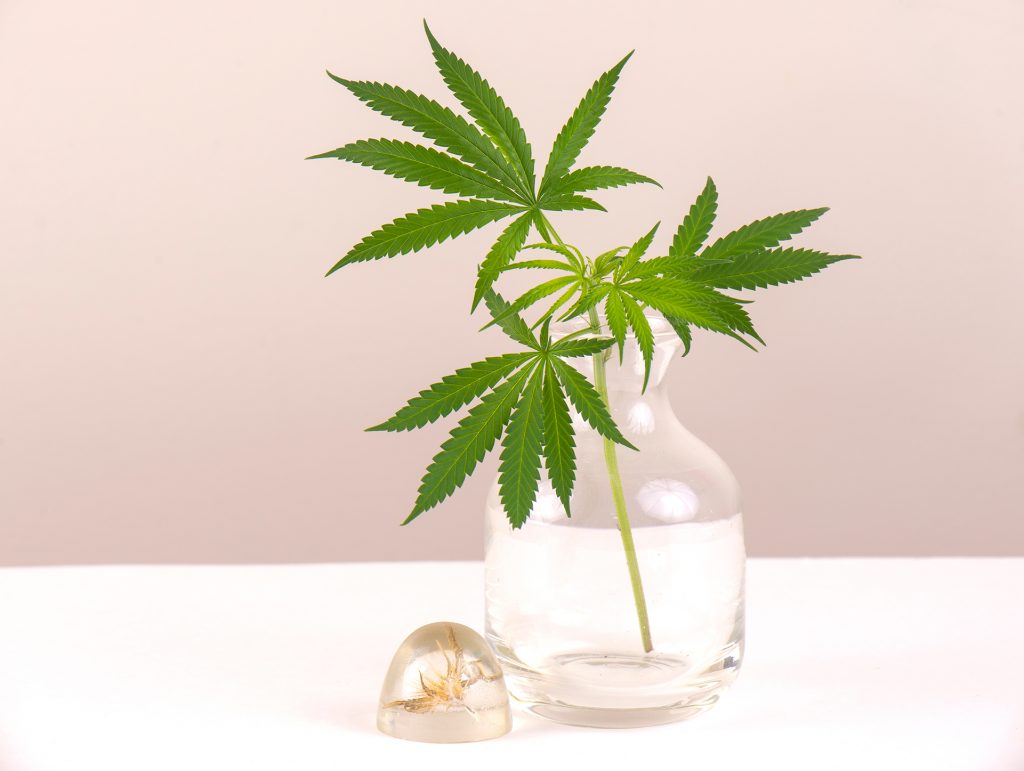 (rgbspace/iStock)
(rgbspace/iStock)
Cannabis stock photography tends to take a lot of creative liberties with container options, often at the detriment of accuracy. This image of a cannabis branch sitting in a decorative vase is a perfect example. Cannabis is an aesthetic plant, true, but that being said, cutting down a plant anytime before its buds are ready for harvesting and putting them in a vase is not ideal for the plant itself or the decorator.
Granted, having these cutting sit in water for a week or so is not going to be a death sentence for the plant, but these flowers died the second they were cut down and they won’t last long in this condition before wilting. Like other flowers, these cuttings will eventually deteriorate completely due to not being in a suitable environment for development.




